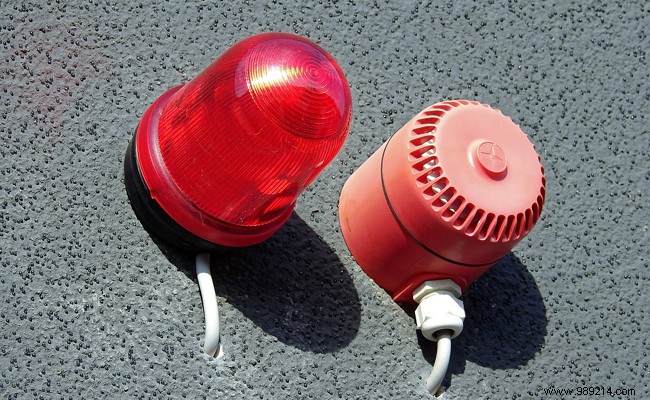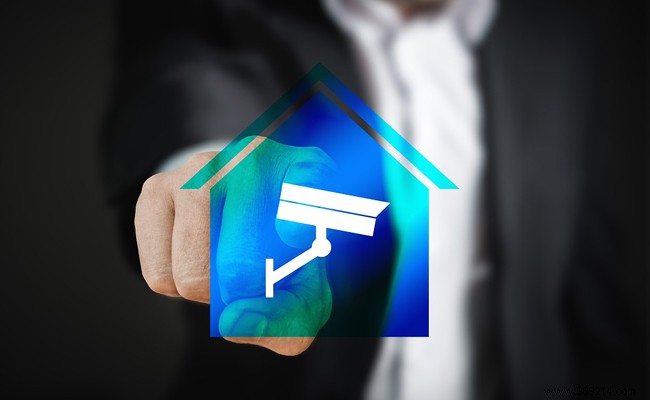In 2017, 233,500 households suffered an attempted break-in or burglary at home. Figures that have increased by 2% compared to 2016 according to the Ministry of the Interior. In this context, it becomes crucial to optimize security solutions in the home. Among these are the alarms which constitute a simple but reliable protection system.

Consisting of horns, sensors, a console dedicated to settings and a control unit, an alarm's main mission is to monitor and prevent intrusions into buildings. Monitoring is carried out at the level of an opening, a perimeter or a specific area. Sensors are installed and alert as soon as an intrusion is detected. Prevention is activated when the alarm center receives signals from the sensors.
On the market, there are essentially three main categories of solutions:the traditional home alarm, the self-monitored alarm and the alarm associated with a remote monitoring system.
The traditional alarm, better known as an autonomous alarm, meets a primary need for security. It consists of motion detectors placed in the house, in the garden shed, basement or garage as well as opening sensors which are fixed to windows, doors and others. Easy to install and inexpensive, this solution is nevertheless limited to ringing to alert the occupants of the house or the neighbours.
Also, to benefit from a more advanced security system, it is advisable to opt for the self-monitored alarm connected to a mobile terminal such as a smartphone, tablet or laptop. Cameras accompany the device to allow users to have an overview of what is happening in the house. A great advantage of the system is that it is possible to control it remotely via a mobile phone.
The alarm with remote monitoring is the safest choice. The alarm system is installed by a service provider who is responsible for monitoring the house remotely. As soon as a problem arises, he dispatches security guards on site or contacts the police.

The price of an alarm system depends on several criteria:type of installation (wired solution or not), number of detectors and sensors, connection to video surveillance, configuration of the house. You also have to consider the components. A plant costs between 100 and 300 euros. An alarm keypad is worth between 30 and 300 euros. For alarm detectors, it will take between 100 and 200 euros. The siren requires a budget between 200 and 450 euros and between 20 and 100 euros for the alarm remote control. Video surveillance is 70 to 3000 euros for the cameras and between 200 and 750 euros for the TV monitor.
Overall, a stand-alone alarm is worth between 100 and 500 euros for entry-level models and between 1000 and 3000 euros for high-end ones. With remote monitoring, budgeting between 400 and 800 euros is necessary for entry-level solutions. The most sophisticated offers are priced between 1000 and 1300 euros.